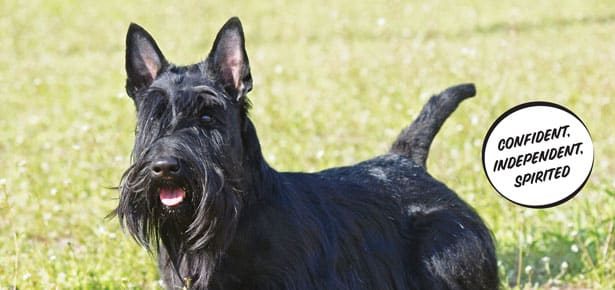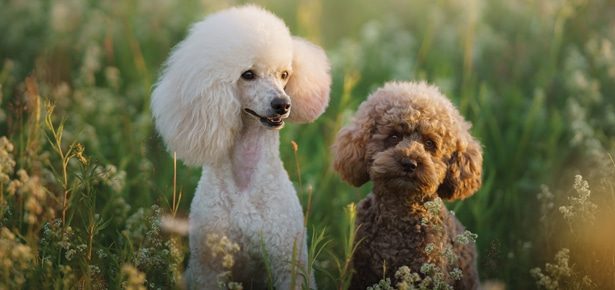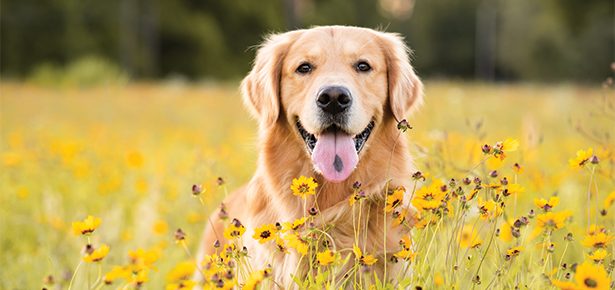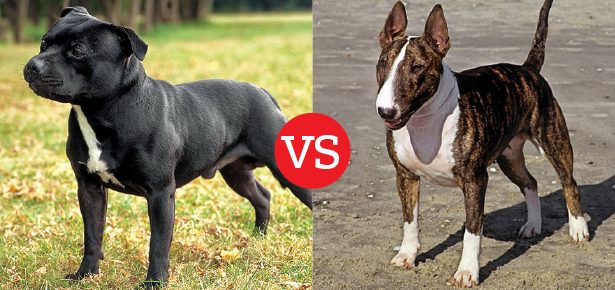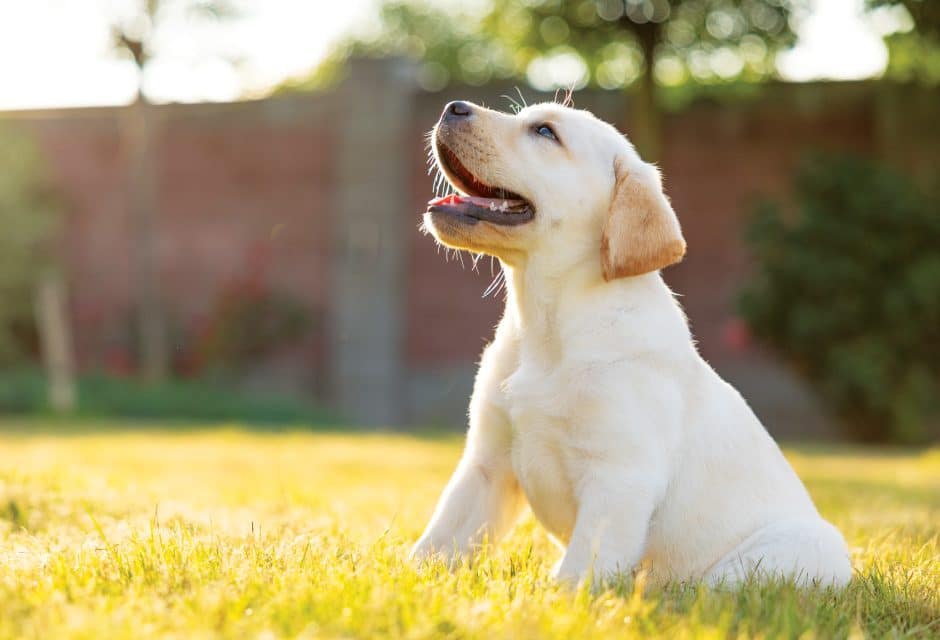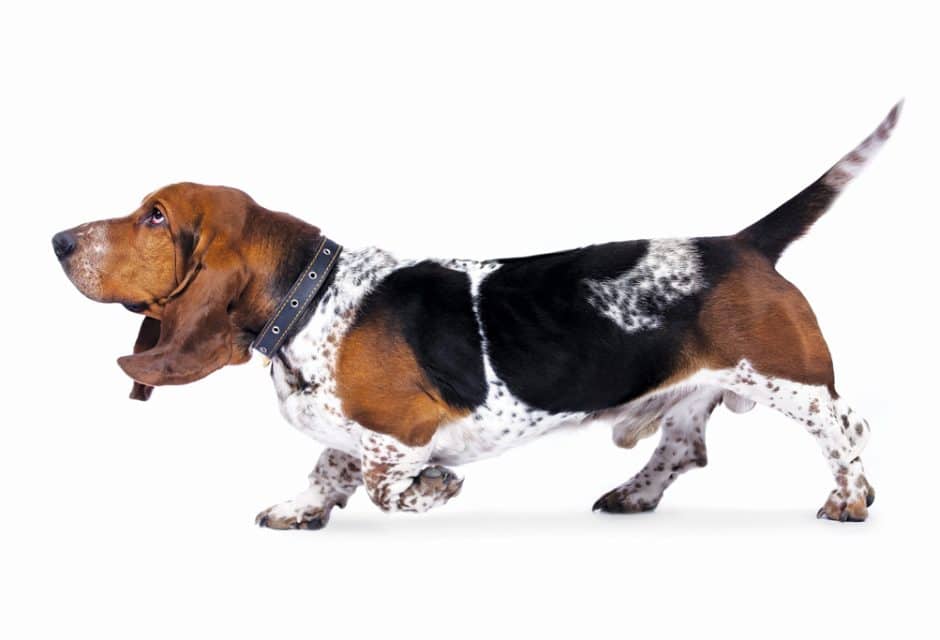
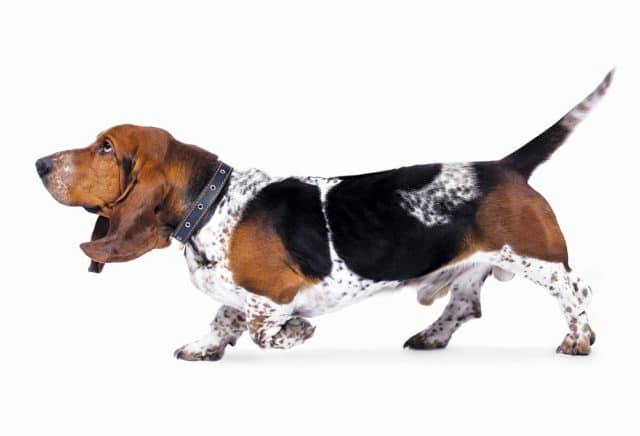
The Basset Hound
Easy-going, laid back, charming—there’s much more to the Basset than those seemingly sad eyes
He’s the undisputed canine icon for “sad puppy-dog eyes,” and he certainly gives the general impression that he’s depressed and, well… maybe even a little bit dopey. However, looks can be deceiving, and the Basset Hound is anything but morose.
The Basset Hound’s earliest origins can be traced back to roughly 700AD, when St. Hubert—a monk and member of the French nobility—took an interest in developing the perfect dog for hunting rabbits and other small game. Using the Bloodhound and other breeds, his efforts produced a scent-hound that was sure-footed, low-slung, and in possession of an extraordinary sense of smell… in short the Basset Hound. St. Hubert’s hounds became extremely popular in France, in particular, with the upper crust. No doubt the Basset’s slower walk appealed to those who wanted to stroll alongside their dogs at a civilized pace.
The breed flourished in France up until the days of the French Revolution. Then, when the nobility’s rule came to an abrupt and violent end, so did to their kennels. But Basset Hounds managed to survive, and, after they were imported to England in the 1860s, things started to look up—until, once again, war and unrest wreaked havoc on the breed. Numbers dwindled dramatically during and following both World Wars. Fortunately, there have always been Basset Hound fanciers who have dedicated themselves to reviving the breed, and today the breed’s numbers are strong. The Basset Hound made its first appearance at the Westminster Kennel Club Dog Show in 1884, and was recognized by the American Kennel Club (AKC) in 1935.
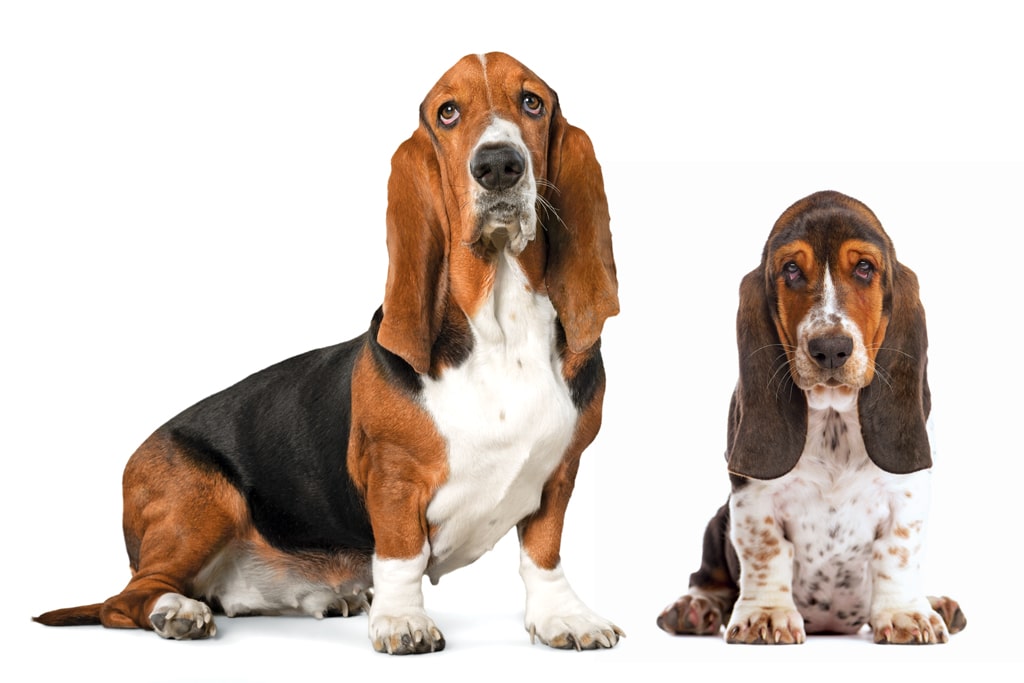
Photo by www.BillionPhotos.com & Life on White/Bigstock
He’s easily one of the most recognizable breeds out there today. The AKC accepts the breed in any of the nine recognized hound colours, with markings and colour patterns of no importance. Height of the Basset should not exceed 14 inches, and his long, white-tipped tail—originally conceived in order to make the dogs easier to spot in dense brush—should always be held high.
Those short stocky legs keep the Basset—and his nose—close to the ground. This gives him an edge with tracking, as do those trademark long ears, which pick up the scent of the quarry and keep the Basset Hound motivated on the hunt. Experts seem to concur that the Basset Hound’s scenting prowess is second only to that of the Bloodhound.
Scent-hunting aside, this is a lovable family companion. Gentle and calm, he’s an easy dog to be around and widely praised as being terrific and patient with children.
Bassets love their guardians and can be lumped in with many other breeds who live up to the Velcro Dog moniker, because they’ll always be close by.
An interesting aspect of the breed’s personality is that these dogs were always bred and raised in a pack. That pack instinct remains today, and many a Basset Hound lover has learned that these dogs are likely to be happiest when around other dogs. They are ideally suited for multi-dog households, and let’s face it… two Basset Hounds means twice the fun!
Living with a Basset isn’t entirely simple. Fanciers say it over and over: This is a stubborn dog. Bassets are intelligent, but like many hounds they are not overly biddable. Training is important and finding motivation that works for your Basset is just as important. These food-loving dogs are likely to respond to a stash of yummy treats.
While not ideal as a companion for runners, the Basset Hound has good energy and needs daily walks and play time. Despite that trademark gait and sleepy-looking face, the Basset is actually quite an athletic dog in his own way. Engaging in activities like tracking and obedience will also give him plenty of motivation to leave the couch. Having some room to roam will serve him well, but his nose will always rule him, so walks on-leash or playtime in a secured area are best. He’ll follow that nose into the path of danger, so take steps to keep him safe.
Profile: The Basset Hound
Size: Medium
According to the AKC standard, the Basset Hound should not exceed a height of 14 inches. But, while he’s low to the ground, the Basset is a heavily boned breed. Most range from 50-60 pounds.
Activity Level: 3/5
You might be surprised to learn how much energy and endurance this sure-footed breed has. So, when he’s not sleeping, he’ll be eager to enjoy daily walks and lots of playtime.
Grooming: 1/5
His short, dense, “wash-and-wear” coat just needs weekly brushing and the occasional bath. Keep those long ears clean and toenails trimmed!
Heritage: Tracking dog for the Nobility
Bred by French aristocrats to help them hunt small game, the Basset has also always served as a devoted and loving companion to his people.
For info on Basset Hound rescue in the US, visit basset-bhca.org. In Canada, visit bassetrescue.ca.
Because he’s so low to the ground, the Basset Hound may occasionally need a bit of a boost from you when he needs to get into a car or on your bed. And, perhaps not surprising for this heavy-boned breed, he’s not much of a swimmer by nature. A life vest is important to give the Basset some buoyancy.
Like many long-backed, low-slung breeds, back issues can arise. Avoiding unnecessary wipeouts is really important, so keep his nails trimmed and exercise caution on icy spots during the winter. Otherwise, the Basset’s a pretty hearty breed, one with an often misconceived of disposition. Giving the outward appearance of a sleepy, lethargic dog, the Basset Hound is actually a scent-hunter extraordinaire and an “up for anything” kind of dog. Happy, bouncy, and bubbly—the Basset Hound is a winner!
If you like the Basset Hound, also consider:
The Beagle The Petit Basset Griffon Vendeen The Bloodhound
» Read Your Breed For more breed profiles, go to moderndogmagazine.com/breeds
Join the newsletter and never miss out on dog content again!
"*" indicates required fields
By clicking the arrow, you agree to our web Terms of Use and Privacy & Cookie Policy. Easy unsubscribe links are provided in every email.


